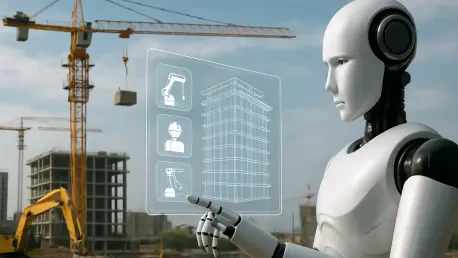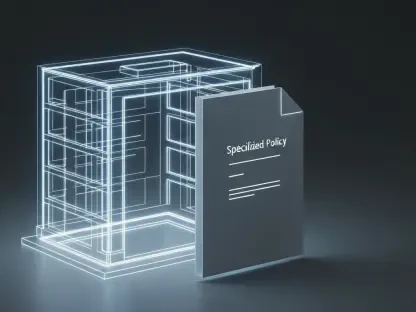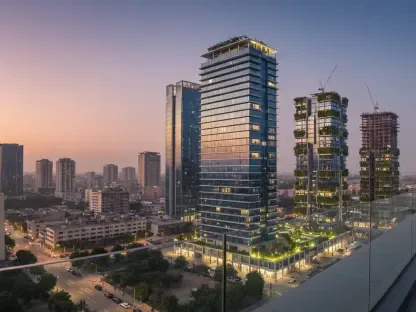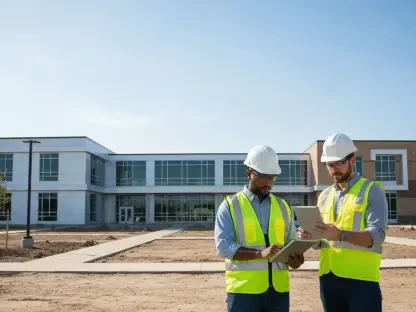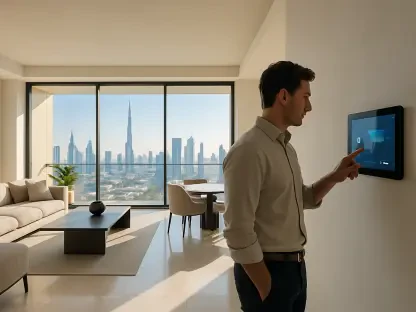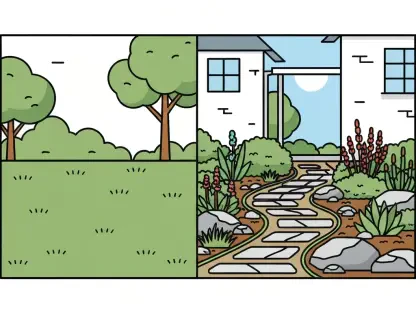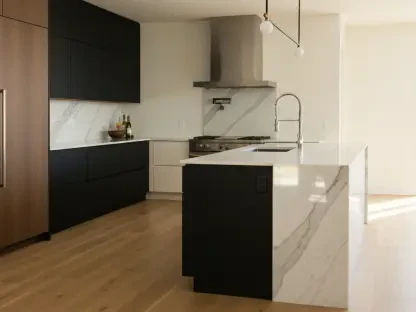I’m thrilled to sit down with Luca Calarailli, a renowned expert in construction, design, and architecture, who has a deep passion for integrating cutting-edge technology into the industry. With his extensive experience, Luca has witnessed firsthand how innovations like AI, VR, and cloud computing are reshaping not just construction but various sectors of our lives. In this conversation, we dive into the transformative power of emerging technologies, exploring their impact on everyday interactions, their practical applications in fields like architecture and healthcare, and the exciting possibilities they hold for the future. Let’s get started!
How have emerging technologies reshaped the way we connect and interact in today’s digital world?
Technology has fundamentally changed how we engage online, making interactions more seamless and personalized. From social platforms to e-commerce, tools like AI and cloud computing have enabled instant communication and tailored experiences. Think about how recommendations on shopping sites or streaming services seem to know exactly what you want—that’s tech working behind the scenes. It’s not just about convenience; it’s about creating a more intuitive digital space where our needs are anticipated, and connections feel more meaningful, even if they’re virtual.
What emerging technology do you think is currently making the most significant impact on our daily lives?
I’d have to say artificial intelligence. AI is everywhere now, often in ways we don’t even notice. It’s in our smartphones, helping with voice commands, and in industries like healthcare, where it’s aiding doctors with diagnostics. Its ability to process vast amounts of data and provide insights in real-time is unmatched. For me, AI stands out because it’s not just a tool—it’s becoming a partner in decision-making, enhancing how we work and live every single day.
Can you share how AI is revolutionizing the construction and architecture industry specifically?
Absolutely. In construction and architecture, AI is a game-changer. It’s being used to predict potential hazards on job sites, which improves safety for workers. It also streamlines project management by analyzing data to optimize timelines and budgets. In design, AI tools help architects generate innovative concepts faster by simulating countless options in minutes. I’ve seen projects where AI has cut down design iterations by half, allowing us to focus on refining ideas rather than starting from scratch. It’s like having a super-smart assistant that never sleeps.
How do you see VR and AR being applied in practical ways within construction and architecture?
VR and AR are incredible for visualization and planning. With AR, we can overlay digital blueprints onto a physical site, so clients and builders can see exactly how a structure will look before a single brick is laid. VR takes it further by immersing stakeholders in a 3D model of the building—they can walk through spaces and suggest changes in real-time. I’ve worked on projects where clients used VR to adjust layouts on the spot, saving weeks of back-and-forth. These tools also help with training workers on complex tasks in a safe, simulated environment. It’s practical and transformative.
Beyond construction, what’s another industry where VR and AR are creating exciting changes?
Fashion is a fascinating example. AR lets customers try on clothes virtually through their phone cameras, seeing how an outfit looks without stepping into a store. VR, on the other hand, is being used to create immersive fashion shows where designers showcase collections in digital worlds. I find it inspiring how these technologies bridge the gap between imagination and reality, much like in architecture. They’re also popping up in travel, where VR can give you a virtual tour of a destination before you book a trip. It’s all about enhancing decision-making with a richer experience.
Shifting to cloud computing, why do you think it has become so essential for businesses and everyday users?
Cloud computing is the backbone of modern operations because it offers scalability and accessibility. For businesses, it eliminates the need for expensive on-site data centers, allowing them to store and process huge amounts of data remotely. For everyday users, it means we can access files, stream content, or collaborate on documents from anywhere without a hitch. In construction, for instance, cloud platforms let teams share real-time updates on project plans across different locations. It’s all about efficiency—keeping everyone connected without the old barriers of hardware or location.
How is AI personalizing experiences in sectors like education or retail, from your perspective?
In education, AI is tailoring learning to individual students by analyzing their strengths and weaknesses. It can suggest specific lessons or exercises based on how a student performs, which is amazing for keeping everyone engaged at their own pace. In retail, AI drives those personalized recommendations we see online—like suggesting a product based on past purchases. It’s paired with AR too, where shoppers can visualize furniture in their homes before buying. I think this personalization makes interactions more relevant and saves time, whether you’re learning or shopping.
With all these advancements, how can industries ensure that technologies like AI support workers rather than replace them?
It’s about balance and foresight. Industries need to focus on upskilling their workforce to work alongside these technologies. In construction, for example, AI isn’t replacing architects; it’s handling repetitive tasks so we can focus on creativity and problem-solving. Companies should invest in training programs to help employees adapt to new tools. There also needs to be a cultural shift—viewing tech as a collaborator, not a competitor. If we emphasize human-tech partnerships and set clear ethical guidelines, we can ensure these innovations empower workers rather than sidelining them.
Looking ahead, what is your forecast for the role of emerging technologies in shaping industries like construction over the next decade?
I’m optimistic about the future. Over the next ten years, I believe technologies like AI, VR, and cloud computing will become even more integrated into construction, making projects faster, safer, and more sustainable. We’ll likely see AI-driven automation for routine tasks, while VR and AR could become standard for client presentations and worker training. The key will be accessibility—ensuring smaller firms can adopt these tools too. I also think we’ll see a stronger focus on data security and ethical use as these technologies evolve. It’s an exciting time, and I believe the industry will lean into this change with open arms.
